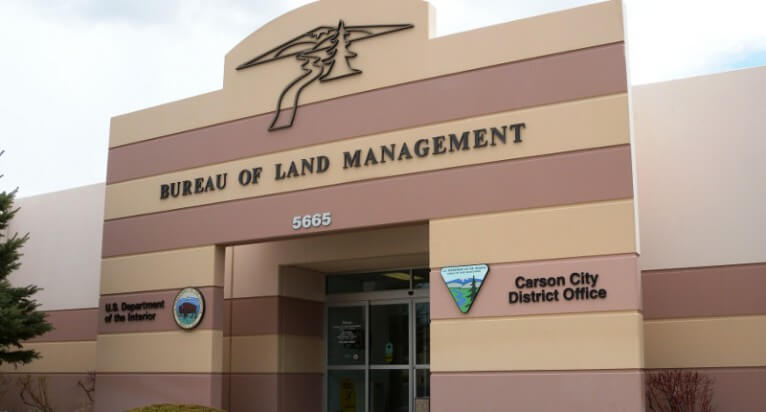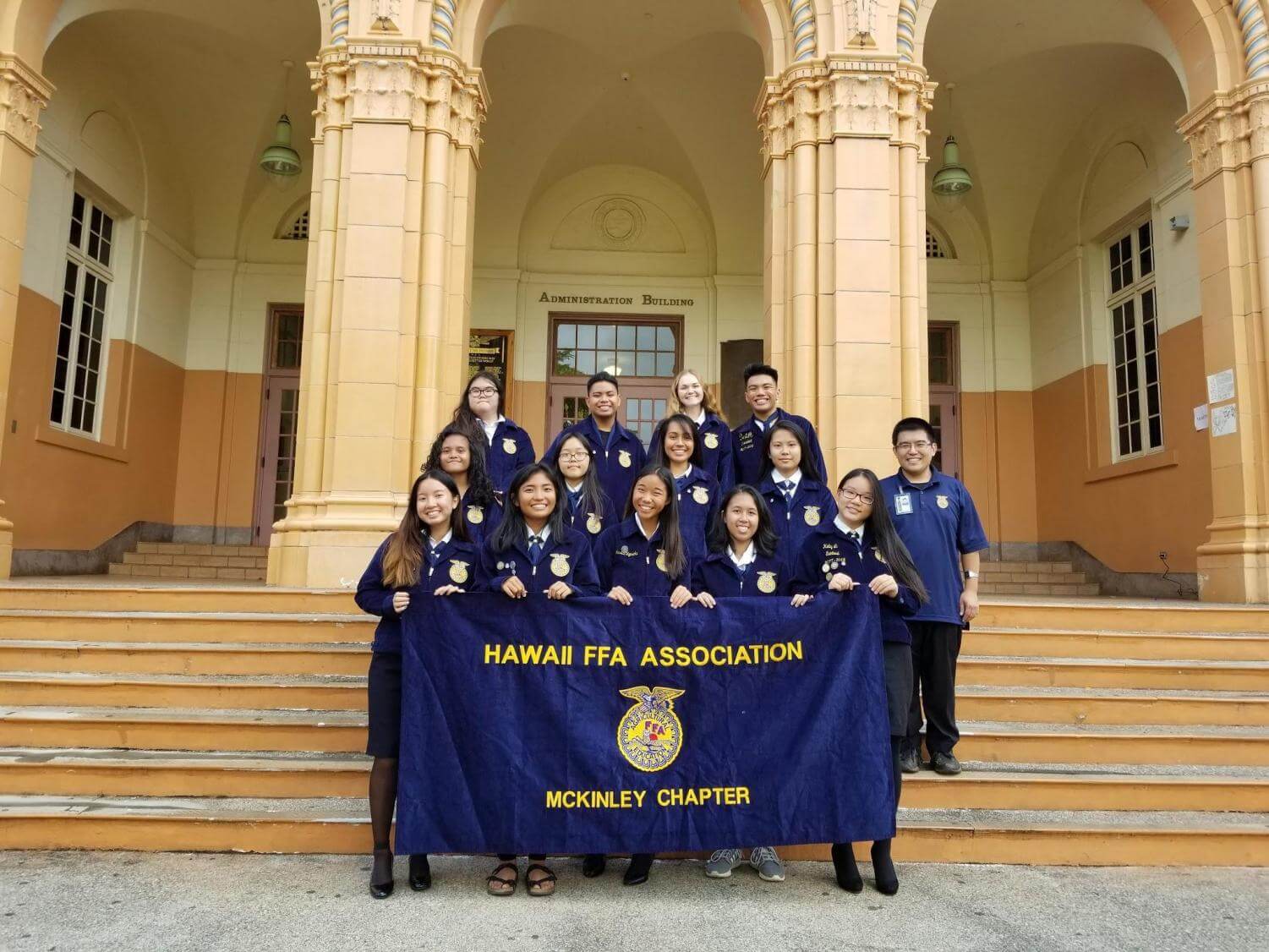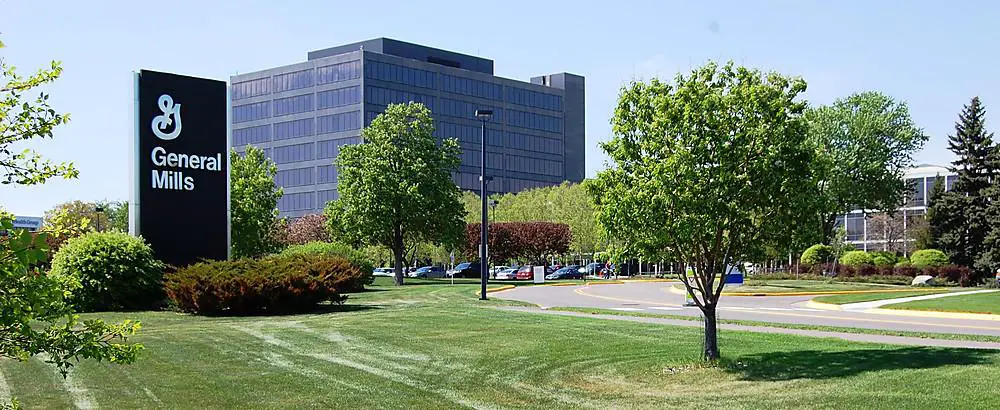USDA Mission and Vision Statements Analysis

USDA mission statement is “provides leadership on food, agriculture, natural resources, rural development, nutrition, and related issues based on sound public policy, the best available science, and efficient management.” The statement indicates that the organization recognizes the best strategies to induce growth and progress in all the areas that it oversees. The following components shows the impacts it has:
- Improving lives
- Transforming communities
The primary mission areas of the USDA directly improve the lives of all Americans. Some of these include farm production and conservation, which potentially boost the economic sector, the food, food safety, and nutrition aspect for health, and conservation of natural environment. The scope of operations at USDA is purposely focused on transforming the potential of all individuals in the rural and urban areas by ensuring a constant supply of food. It also contributes to social wellness through the protection of natural resources from damages.
Introduction
USDA is one of the major agencies in the federal department whose work has widespread impacts on the productivity of the U.S. economy. Founded in 1862 by Abraham Lincoln, this organization initiates and oversees the development, regulation, and execution of food, forestry, and farming laws. Its docket is critical for the nation, and that is why USDA must have a clear mission and vision statements.
Its vision statement identifies a clear path of development by emphasizing on the importance of unleashing the potential by agricultural promotive initiatives and preservation of natural resources. Its mission statement complements this vision by showing the importance of targeted leadership in the achievement of the vision. USDA also implements specific values at all levels of its operations to improve its performance.
Vision Statement
USDA vision statement is “to provide economic opportunity through innovation, helping rural America to thrive; to promote agriculture production that better nourishes Americans while also helping feed others throughout the world; and to preserve our Nation’s natural resources through conservation, restored forests, improved watersheds, and healthy private working lands.” This is a comprehensive statement that affirms the critical duty of USDA. It has three main components:
- Provide economic opportunities
- Promote agriculture
- Preserve natural resource
To satisfy these areas, USDA prioritizes on several roles. Some of these comprise biotechnology, innovations to challenge climate change, conservation efforts, disaster management, and the use of data to inform decisions.
Core Values
USDA core values include “honesty and integrity, commitment, own problems, timely services, and preservation of resources.”
These values are enshrined in the strategic plans of the agency to provide everyone with a sense of direction as well as influence their decision in relation to the mission and vision.
References
- Cady, S. H., Wheeler, J. V., DeWolf, J., & Brodke, M. (2011). Mission, vision, and values: what do they say? Organization Development Journal, 29(1).
- Kerr, J., & Slocum Jr, J. W. (2005). Managing corporate culture through reward systems. Academy of Management Perspectives, 19(4), 130-138.
- Mirvis, P., Googins, B., & Kinnicutt, S. (2010). Vision, mission, values. Organizational Dynamics, 39(4), 316.
- Sørensen, J. B. (2002). The strength of corporate culture and the reliability of firm performance. Administrative science quarterly, 47(1), 70-91.
- Spallina, J. M. (2004). Strategic planning–getting started: mission, vision, and values. J Oncol Manag, 13(1), 10-11.
- USDA – About.











